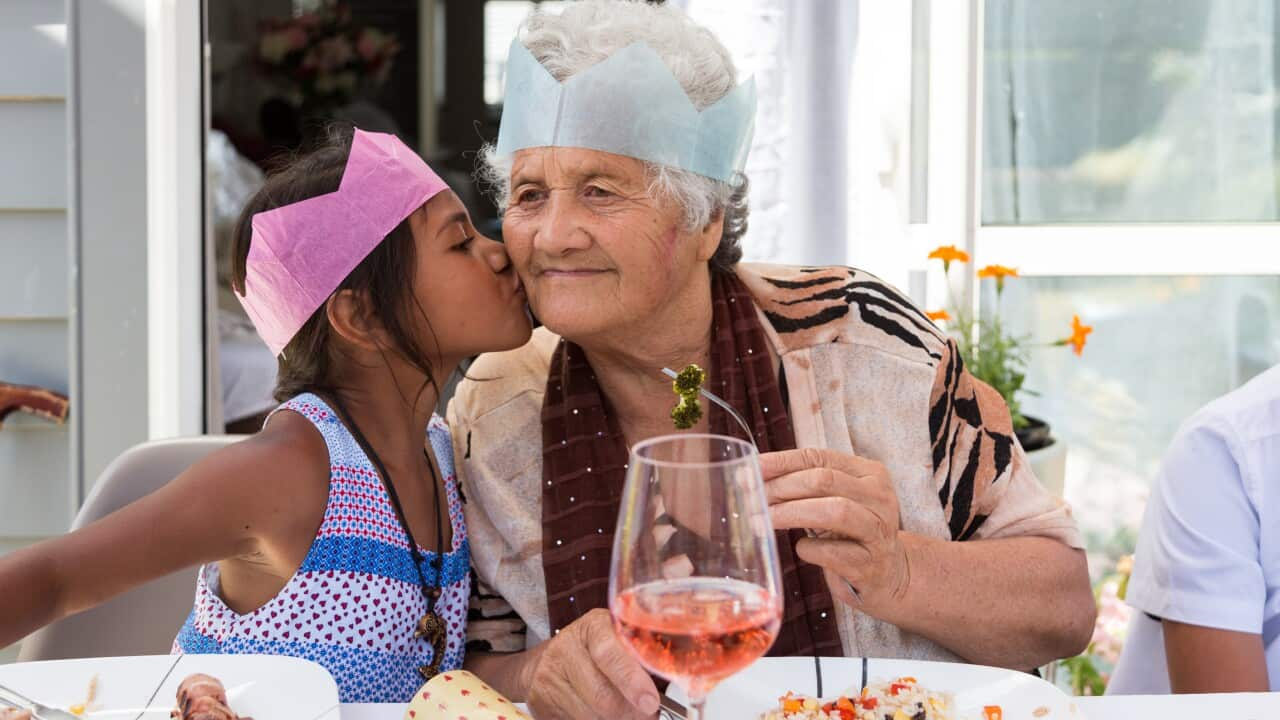KEY POINTS
- About one-third of the RAT brands on the market have been subject to testing commissioned by the TGA.
- While the tests meet the guidelines, a professor of epidemiology said RATs still have their issues.
- The additional testing looked at the original COVID-19 virus, Omicron and Delta variants.
As Australians gather with family and friends this Christmas with the latest COVID-19 wave reaching its peak, the effectiveness of rapid antigen tests (RATs) continues to be a talking point.
COVID-19 is a very different virus since it was first detected in Australia more than two years ago, and testing has also progressed.
Analysis of about one-third of the RAT brands available in Australia showed all 23 batches tested (from 20 brands) were able to detect the original COVID-19 virus, as well as the Delta and Omicron strains.
As each variant of concern emerges, the manufacturer is expected to undertake analysis to verify that their tests continue to perform as intended.

Professor Bennett (not pictured) suggests carrying out more than one RAT test if the first is negative and you have symptoms. Source: Getty / moisseyev
It also looked at whether the RATs met the World Health Organization's (WHO) minimum sensitivity requirements.
Deakin University professor and chair of epidemiology, Professor Catherine Bennett, said it was “promising” the RATs tested were “ticking all the boxes”, but they were not a foolproof way of identifying COVID-19 cases.
She said research had found WHO's minimum limit of detection rate was between 70 and 80 per cent of cases being correctly identified.
“There is still the possibility of false negatives,” Professor Bennett said.

Deakin University professor and chair in epidemiology Catherine Bennett. Source: Supplied
While she encouraged people to use the tests as an indicator and suggested taking a second test if the first was negative. People should also test again the following day if symptoms remained after a day of receiving negative results.
“Symptoms trump a negative RAT,” she said.
She said the current variants circulating in Australia were all sub-variants of Omicron.
Professor Bennett also pointed out that, given the virus associated with the Omicron variant often exhibited itself through a sore throat, saliva swabs may increase the chances of identifying it over nasal swabs, which had been more effective in variants where a runny nose had often been the first sign of infection.
The testing of RATs commissioned by the TGA identified one batch by one manufacturer that met WHO sensitivity guidelines but failed when it came to device quality.
The TGA said the Doherty Institute in Melbourne and the National Serology Reference Laboratory, who carried out the testing, were "working as quickly as possible to undertake the testing to ensure the TGA can provide the most up to date information about the test kits' performance".











